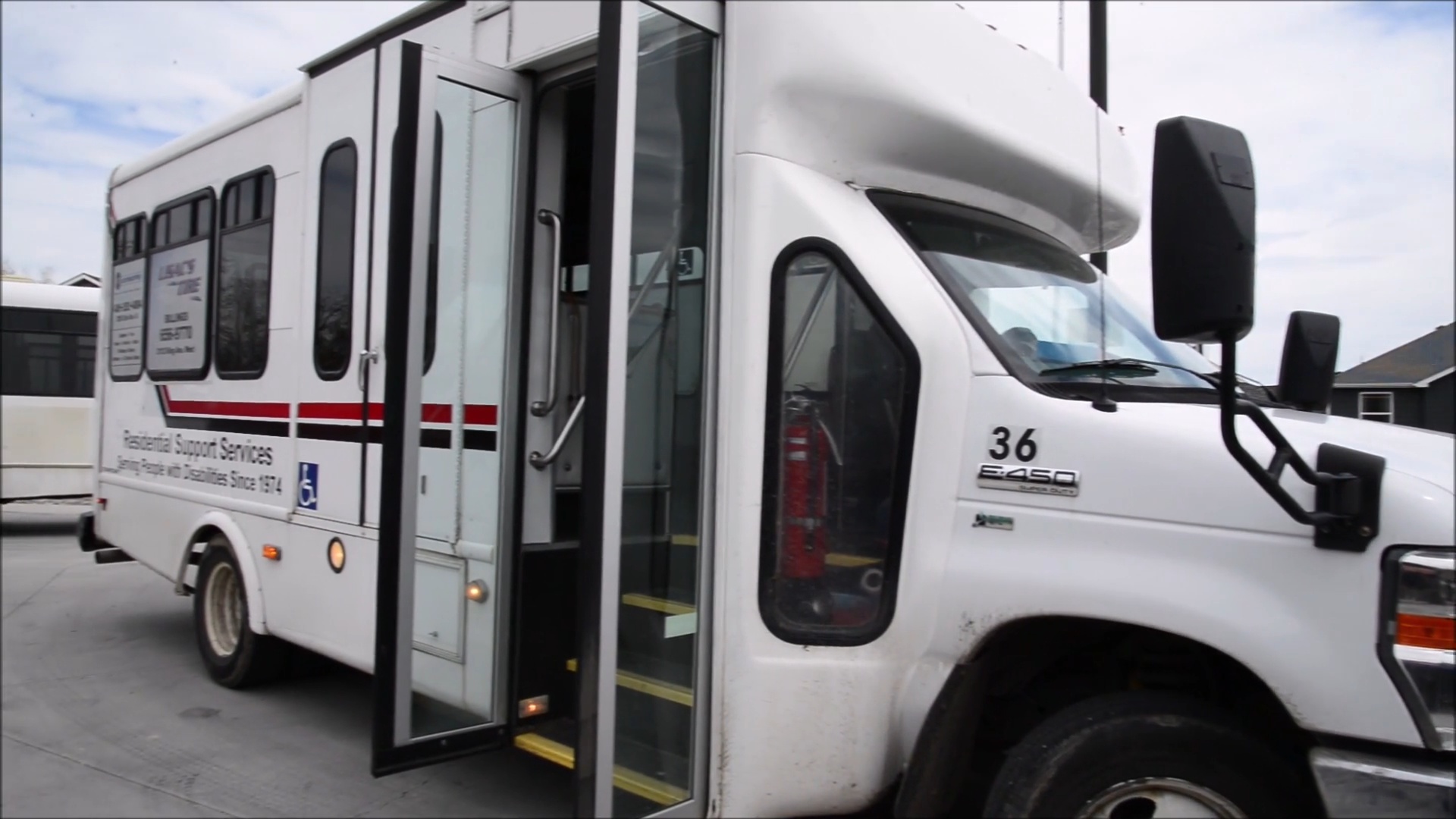When you need to get to the doctor, getting to the doctor can seem like the hardest part of your day. This can be even more true if you have to rely on Medicaid’s transportation services. Fortunately, though, there are some things you can do to make sure you get where you need to go as smoothly as possible and stay healthy in the process.
What is Medicaid Transportation?
Medicaid transportation, as defined by Medicaid.gov, is a benefit that allows people who receive Medicaid to get medical services and access community resources. To be eligible for Medicaid transportation, you must have been deemed medically eligible for Medicaid by your state’s health insurance department. When it comes time to schedule your appointment, you can request rides from both personal care attendants and medical transportation companies. You may also need assistance finding childcare or getting help with errands if you’re unable to make it out of your home on your own during treatment. It’s important to note that these benefits are not available in every state; check with local representatives about whether or not they’re available where you live.
How Does it Work?
The amount that Medicaid pays for transportation will vary from state to state, and will depend on your income. In general, it can pay for gas mileage for travel that is associated with medical services. That could mean reimbursement up to 20 cents per mile, depending on your state’s regulations. You can be reimbursed for car repairs related to transportation, such as new tires or oil changes. You also may receive a stipend if you use public transportation (for example, riding in an ambulance or catching a bus). For more information on how Medicaid’s program works in your area, contact its agency directly.
Who Is Eligible?
If you have been diagnosed with a medical condition that requires regular visits with your health care provider, you may be eligible for Medicaid transportation services. And if so, getting from point A to point B can be much easier than you realize. In most cases, all you need is a bus pass or taxi voucher to get where you need to go. What Are My Options?: There are two main types of transportation services available through Medicaid—emergency and non-emergency. Emergency services are reserved for people who are unable to use public transit because of their medical conditions, while non-emergency services allow beneficiaries to choose how they want to travel. For example, instead of taking a taxi or using public transit, some people prefer to walk instead. As long as it’s safe and convenient for them, they’re free to do so—and they’ll likely save money in the process!
What Should I Consider While Getting a Ride?
Consider whether you will be able to get around without your car, and if you need it for business purposes. For example, if you’re a delivery driver or use your car as part of your job, Medicaid won’t pay for transportation services. Also consider how much income you may lose by being unable to drive. If losing some disposable income is a deal breaker for you, then it may not be worth taking on medical bills in order to get free rides to doctor’s appointments.
For more information, give us a call at (406) 248-4211









